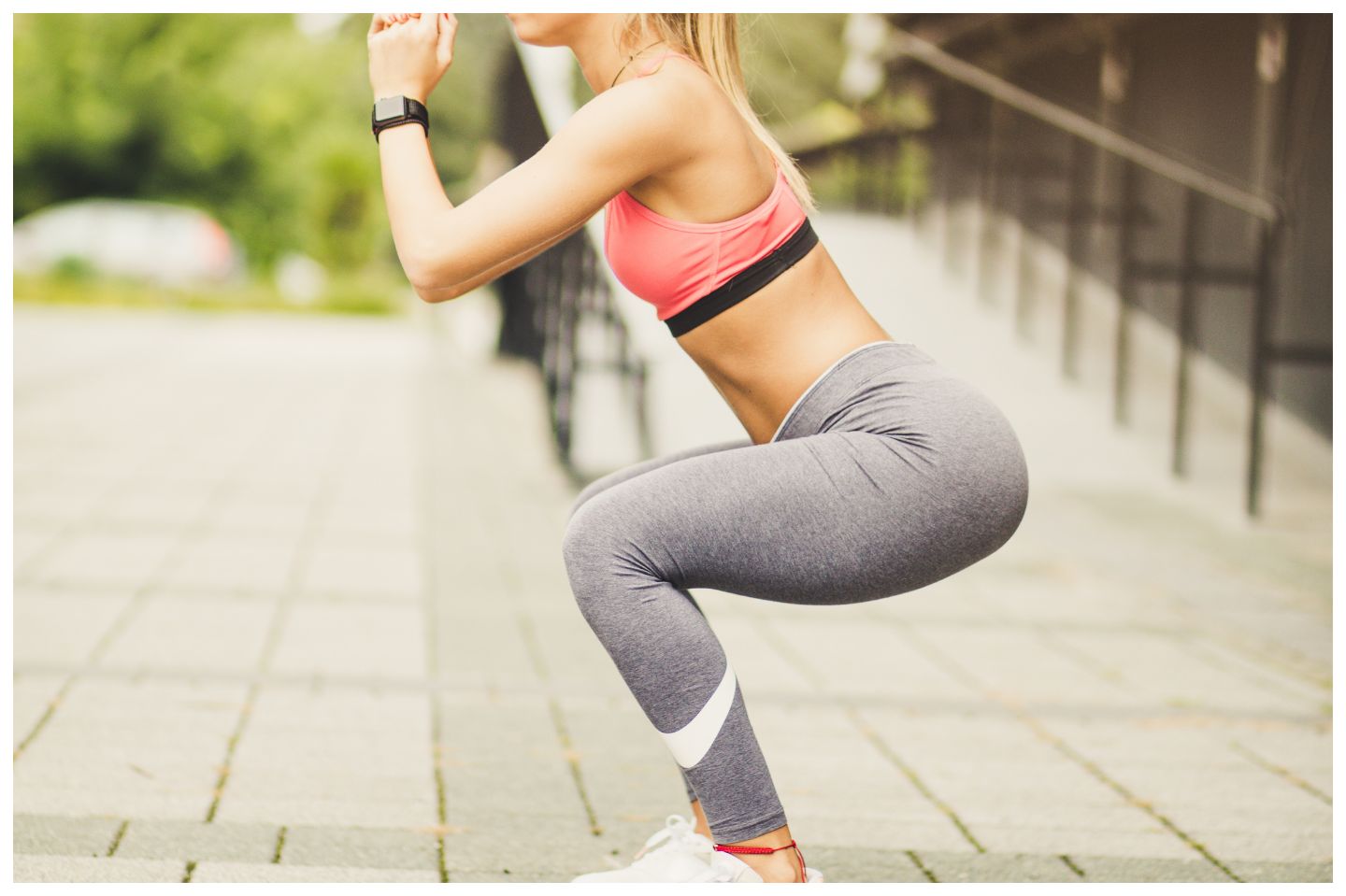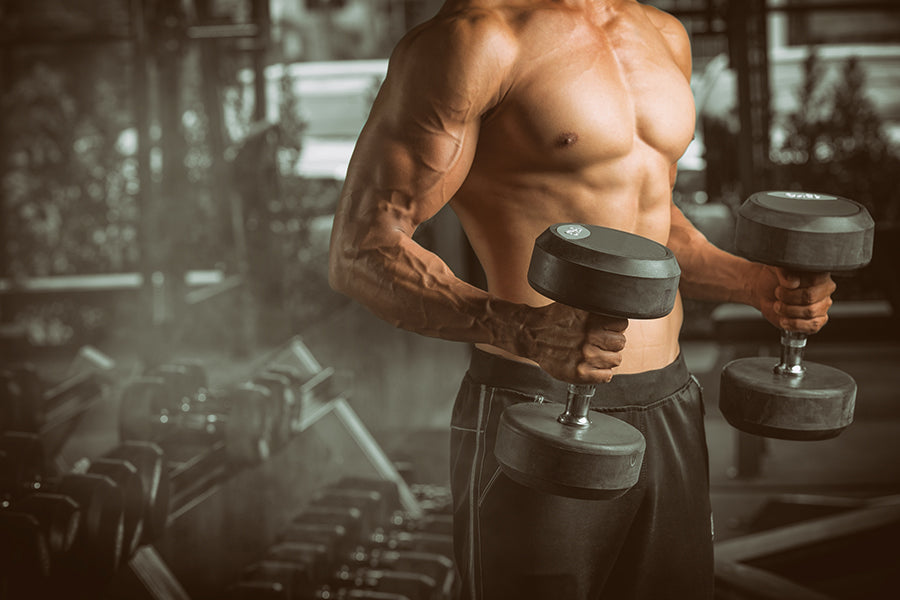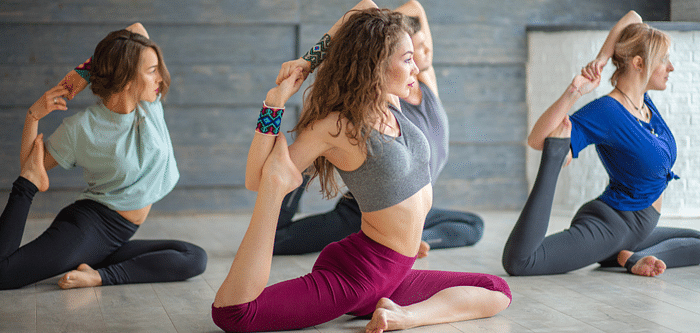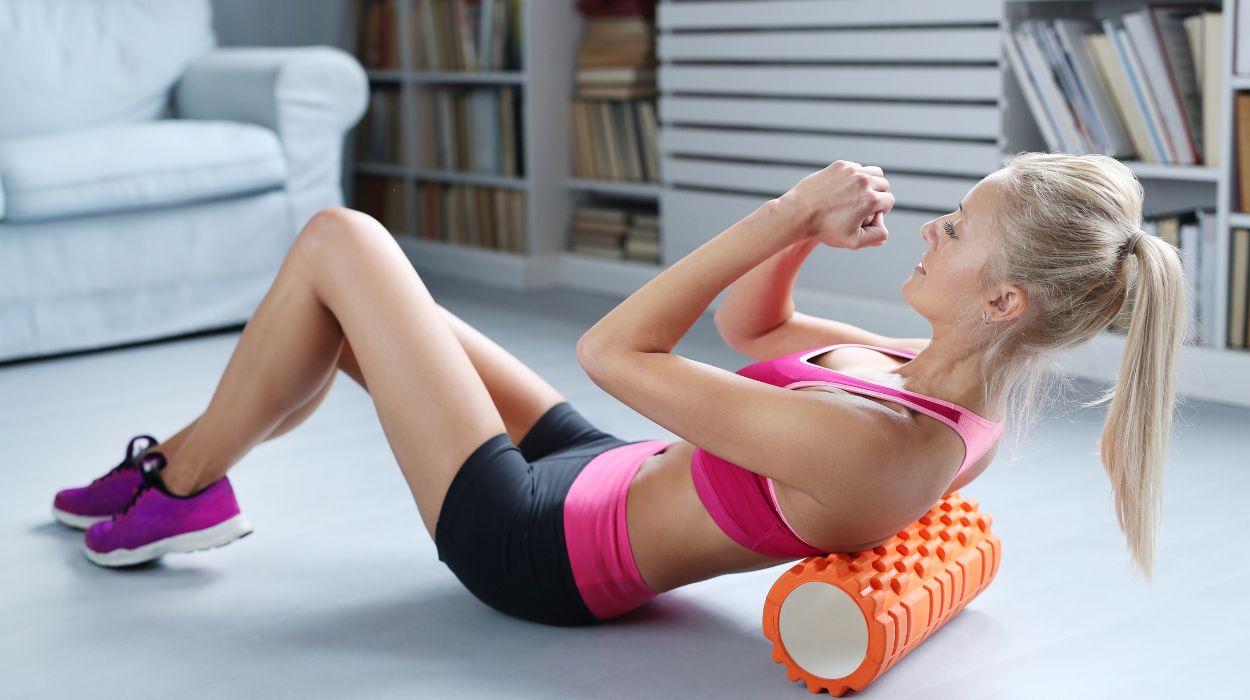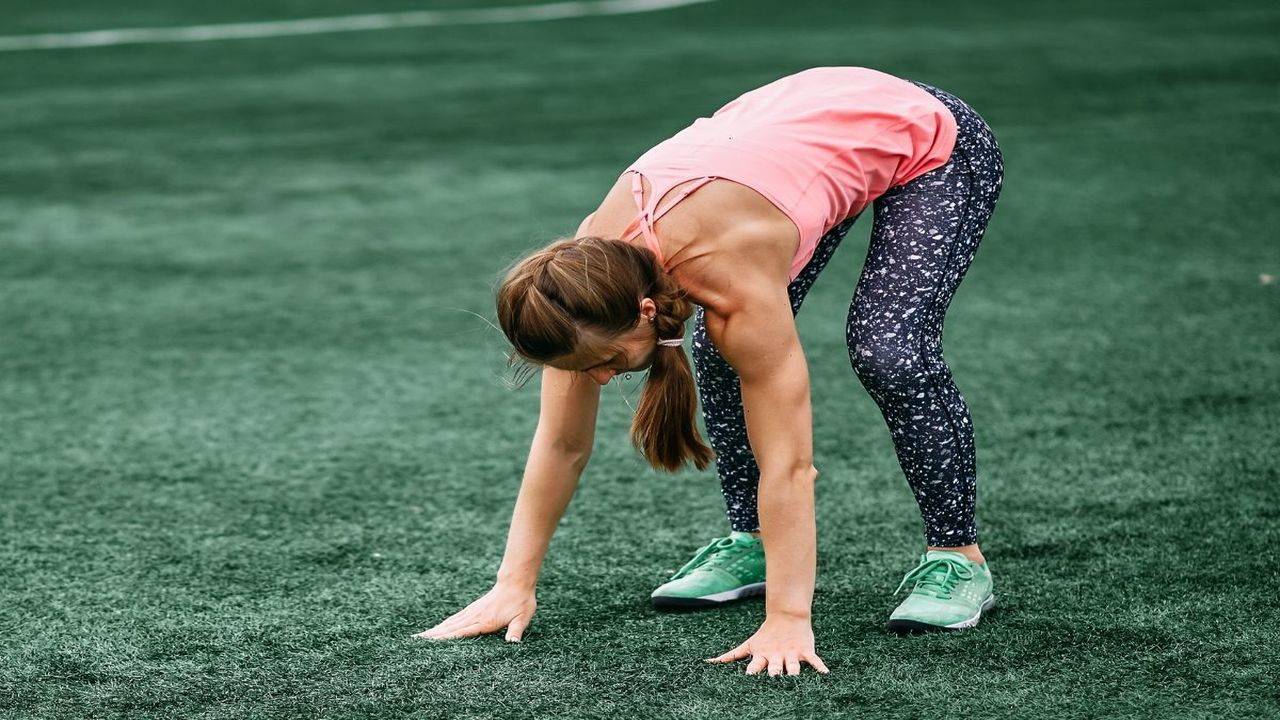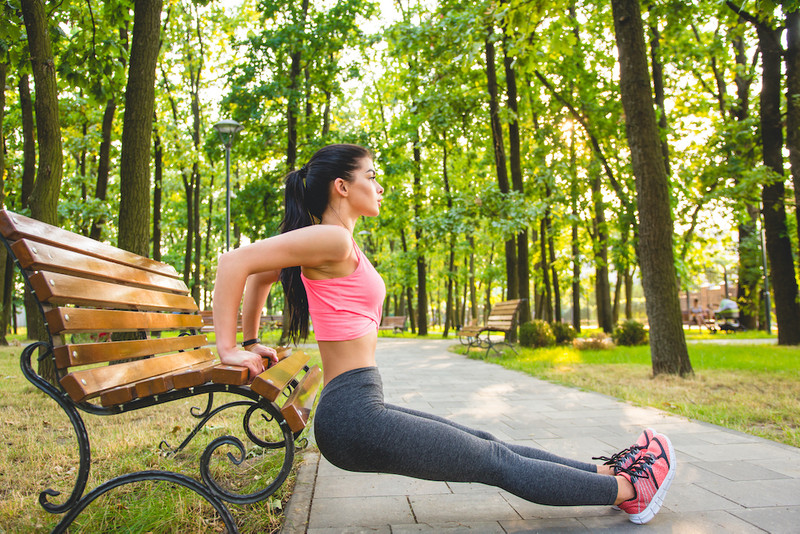If there’s one exercise everyone knows for building a better butt and stronger legs, it’s the squat. Some say it’s the king of all moves—good for your thighs, glutes, core, and even your back. So I wondered, what if I kept it super simple and did 100 squats every single day for a month? No fancy program, no equipment, just me, my legs, and a timer.
Spoiler: it wasn’t easy, it wasn’t magic, but it did change my body and my mindset in ways I didn’t expect. So here’s exactly what went down, what I learned, and what you might want to know if you’re tempted to try it too.
Why I Tried It
Honestly, it started as a joke with myself. I wanted to build my leg strength and see more shape in my thighs and glutes but didn’t want to overcomplicate things. No gym? No problem. 100 squats sounded hard enough to be a challenge but simple enough to actually stick with.
I also liked the idea of proving to myself that consistency beats complexity. No excuses, no fancy plan—just a daily non-negotiable: drop down, stand up, repeat 100 times.
How I Did It
Before you picture me doing 100 squats in one go like a machine—nope. On day one I tried that and almost fell over. So I broke it up.
Most days, I did them in sets of 20 or 25. Some days I did 50 in the morning and 50 at night. Some days I’d knock out 10 here, 10 there between work calls. It didn’t matter how, as long as I got to 100 before bed.
I stuck to the classic bodyweight squat: feet about shoulder-width apart, toes slightly out, chest up, drop my hips back like sitting in a chair, knees tracking over toes, then push through my heels to stand back up. No weights, no jumps, no fancy footwork—just good form and full range of motion.
The First Week: Sore, Sore, and More Sore
The first week was brutal. My quads felt like bricks. My butt was sore in places I didn’t know existed. Getting up from a chair turned into a slow mo event. I thought about quitting on day three. But by day five, my body started to adjust.
The soreness didn’t disappear but it felt more like that good, earned muscle soreness instead of “I can’t walk” pain. Stretching and staying hydrated helped. So did reminding myself that my goal wasn’t perfection—it was just showing up.
Week Two: Boredom Hits
By the second week, the physical pain dialed down but the mental boredom showed up. Doing the same move every day got repetitive. I knew my form was solid but my mind started drifting.
To keep it fresh, I added a few variations. Sometimes I did wide-stance squats for more inner thigh action. Sometimes I pulsed at the bottom for an extra burn. But the rule stayed the same—100 squats, no excuses.
Week Three: Noticing Changes
This is when I really started to notice something. My legs felt stronger. Going up the stairs? Easier. Sitting down and standing up? Smooth. My thighs looked tighter, my glutes felt firmer. I wouldn’t say I transformed overnight but something was definitely happening.
Another unexpected perk—my core felt stronger. Because good squats force you to brace your abs, I realized I was training my midsection more than I thought.
Week Four: A Routine I Didn’t Hate
By week four, the daily 100 didn’t feel like a big deal anymore. Some mornings I’d knock them out before breakfast just to get it done. My squat form felt second nature and I could do 40 or 50 in one go without feeling like my legs were going to burst.
My energy felt higher too. Even on days when I skipped a regular workout, I still had that daily promise to myself to tick off—and that felt good.
So, Did I Get a Squat Butt?
Let’s get to the big question: Did my butt get bigger? Honestly—not exactly. It got a bit firmer and rounder but if you’re hoping for JLo or squat rack booties from bodyweight squats alone, it probably won’t happen.
Here’s why: Squats are amazing but without added resistance (like dumbbells, a barbell, or bands) your glutes don’t get the overload they need to really grow. Bodyweight squats will build endurance and shape but for serious gains, you need to lift heavier.
However, my thighs definitely looked more toned and my butt sat a little higher. My posture improved too because squatting properly forces you to stand tall and brace your core.
What I Learned
This month-long challenge taught me a few things that I didn’t expect.
1 Consistency beats all
It’s wild how much a simple daily habit can change how you feel about your body. I didn’t need fancy gear—just commitment.
2 Perfect form matters
Doing 100 squats wrong would wreck your knees or back. Doing them right actually builds strength and keeps you safe.
3 Variety helps
Even small tweaks like changing stance width or adding pulses made my daily squats less boring and hit my muscles differently.
4 Your body adapts
By the end of the month 100 squats felt almost easy. It was a reminder that you need to keep challenging your muscles if you want to see real changes.
Would I Do It Again
Yes and no. I’d do daily squats again but I’d mix in resistance or variations. Maybe some days with a dumbbell. Maybe add jump squats or lunges to hit other muscles.
Would I tell someone to try it? Absolutely if you want to prove to yourself that you can stick with a simple habit and build a bit more leg and core strength along the way.
The Bottom Line
Doing 100 squats every day for a month won’t magically turn your butt into a peach emoji overnight. But it will make you stronger build discipline and give you a small daily win that adds up over time.
If you’re bored with your routine want stronger legs or just need a reason to move more every day try it. Start small aim for good form and listen to your body. Add weights if you want to level up. And stretch—your thighs will thank you.
So that’s what really happened when I did 100 squats every day for a month. No gimmicks just me my floor and a bunch of deep knee bends that reminded me sometimes the simplest things really do work.
